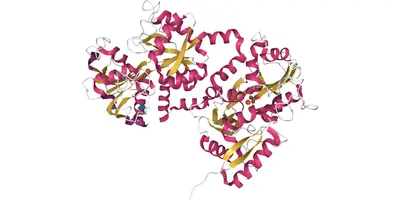Scaling production of proteins when large quantities are needed introduces multiple challenges. The transition from small-scale experiments to large-scale manufacturing requires overcoming bottlenecks related to cell cultivation, protein expression, harvesting, and purification. Methods for cultivation, harvesting, and purification typically need to be altered to accommodate multi-liter volumes of cells. Harvesting especially forms a time-consuming process that often requires additional centrifuges.
Large-scale production of high-yield functional proteins can be an efficient process when using the right equipment and workflows. Implementing a scalable workflow ensures that the methods used for protein expression, harvesting, and purification remain effective and economical as production volumes increase. This is vital for meeting the growing demand for biologics in therapeutic applications, research, and diagnostics while maintaining consistent product quality, reducing costs, and complying with regulatory standards.
Download this infographic to explore a detailed, scalable workflow that:
- Demonstrates ease and efficiency spanning the protein production process from cultivation of cells to purification of the protein.
- Optimizes high-volume cell cultivation and harvesting for greater efficiency with robust shaker and bioreactor systems to ensure sufficient cell growth and protein expression across scales.
- Increases protein harvesting efficiency—boosting purity and yield—with high-capacity centrifugation and effective filtration, significantly reducing time and labor involved.
- Improves process integration and simplification by consolidating steps and introducing equipment for scalability, addressing complexity and inefficiency common to scaling up protein production.



